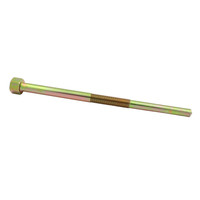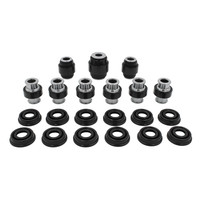 Loading... Please wait...
Loading... Please wait...- Home
- Drive Belt Break-In Tips: Extend Life & Boost Performance
Drive Belt Break-In Tips: Extend Life & Boost Performance

Installing a new CVT drive belt? Don’t skip the break-in! A proper break-in prevents slipping, reduces heat and keeps your high-performance machine running smooth. Here’s how to do it right.
1. Wash Your New Belt
Before installation, wash your CVT drive belt with hot, soapy water. Dirt and oils reduce grip and can cause slipping during the first rides.
Tip: Store your belt in an EPI Belt Bag if you’re not installing it right away. It keeps it clean, dirt-free, and ready for your next ride.
2. Clean Clutch Faces
Dirty or glazed clutch faces = slipping belt. Use a Scotch-Brite pad or fine sandpaper to clean them, then wipe with brake cleaner.
Even on the trail, do your best to clean clutch surfaces, it’s worth the effort.
3. Break-In Your Belt the Right Way
Plan for about 20 miles of light riding (varies by machine and terrain). Follow these rules:
-
Take it easy. No hard launches or high-speed runs
-
Vary your speed so the belt seats evenly
-
Stop a few times to let the belt cool
-
Use Low Range for hills, technical terrain or heavy loads
Understand Why Break-In Matters
Heat kills belts. Excessive heat comes from slipping, caused by:
-
Dirty clutch faces
-
Grime on the belt sides
-
Improper CVT calibration (oversized tires, weight changes, or mods)
-
Aggressive riding before the belt seats
If you’ve modified your machine, an EPI Clutch Kit may be needed to match the belt and clutches perfectly.
Benefits of a Proper Break-In
A new CVT belt that’s properly seated will:
-
Grip clutches better
-
Generate less heat
-
Last longer
-
Maintain consistent performance
Skip the break-in, and you risk slipping, heat damage and shortened belt life. Patience pays off with smoother rides and fewer replacements.














